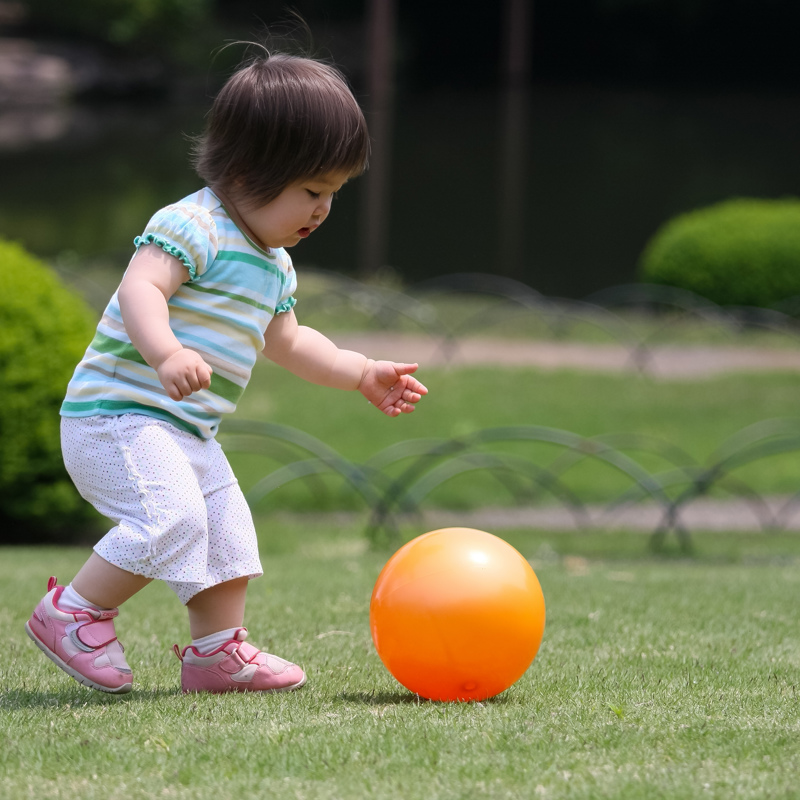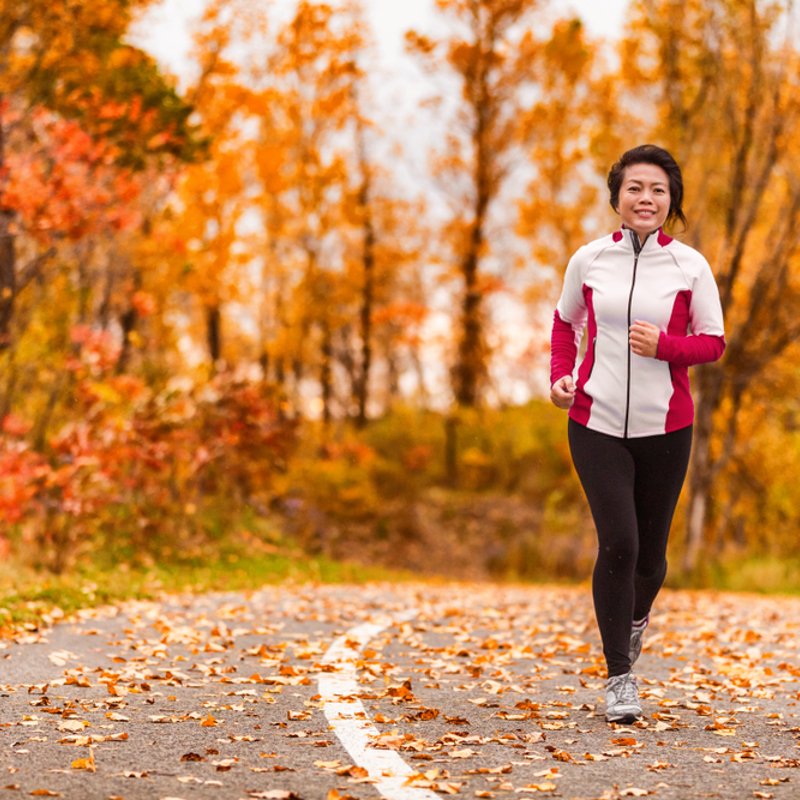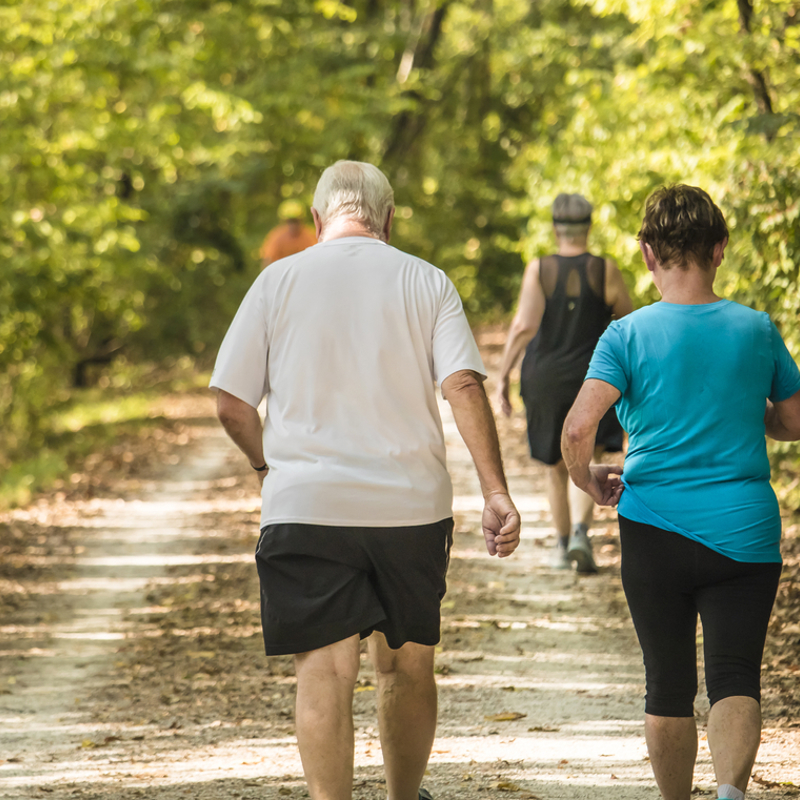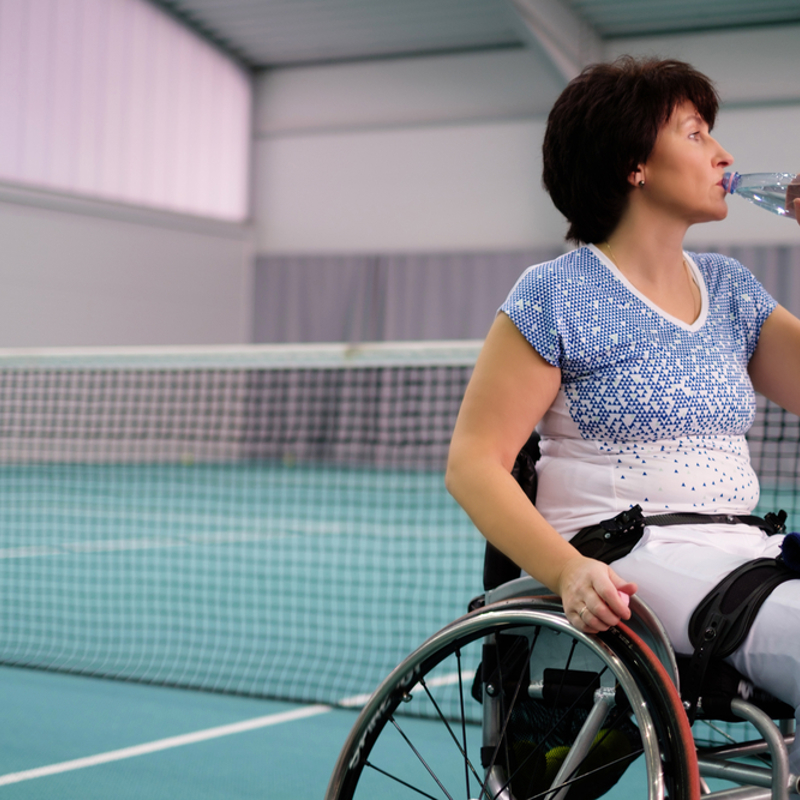Are we meeting the government guidelines for physical activity?
Currently in the UK however a large percentage of the population are not meeting the recommendations for physical activity to keep healthy and being inactive is a problem at every age.
The table below shows the physical activity recommendations and the percentage of the population that meets them in England and Scotland.
| Age | Recommendation | Percentage meeting recommendation | |
| CHILDREN | Male | Female | |
| 2-4 years | at least 180 minutes (3 hours), spread throughout the day | 9% | 10% |
| 5-10 years | at least 60 minutes and up to several hours every day | 25% | 20% |
| 11-15 years | at least 60 minutes and up to several hours every day | 17% | 11% |
| ADULTS | |||
| 19–64 years | Over a week, activity should add up to at least 150 minutes (2½ hours) of moderate intensity activity | 67% | 55% |
| 65+ years | Over a week, activity should add up to at least 150 minutes (2½ hours) of moderate intensity activity | Age 65 – 74 years 58% Age 75+ years 36% | Age 65 – 74 years 52% Age 75+ years 18% |
Benefits of physical activity
Being physically active throughout the life course has many health benefits and is essential for good health throughout life.
Benefits in children
Regular physical activity has benefit to the healthy physical, mental and social development in children, and can help to:
• develop healthy bones, muscles and joints
• develop a healthy heart and lungs
• develop coordination and movement control
• help in social development by providing opportunities for self-expression, building self-confidence, social interaction and integration
Regular physical activity may also help older children to adopt more readily other healthy behaviours (such as avoidance of smoking, alcohol and drug use).
There has also been some evidence that suggests participation in physical activity can have a benefit on academic performance at school.
Benefits in adults
Regular physical activity helps to maintain:
• healthy joints and muscles
• a healthy weight
• normal sleep
Regular physical activity also:
• reduces signs and symptoms of depression and anxiety
• can involve social interaction which may help to improve self-esteem
There is evidence that physical activity can reduce the risk of many of the most common diseases in the UK including:
• heart disease
• certain cancers, including breast and colon cancer
• type 2 diabetes
• osteoporosis (weak bones)
Physical activity recommendations
Below you can find information on physical activity recommendations for different age groups, including:
- Early years (0-5 years)
- Young children
- Children (5-18 years)
- Adults (19-64 years)
- Older adults (65 years and over)
- People living with a disability
Early years (0-5 years)
Physical activity should be encouraged, as early as possible. Starting physical activity early in life can help healthy growth and development and establish healthy habits for later years.
Babies
Even before babies can crawl or walk it is important to try and get them moving every day.
You can encourage your baby to be physically active by:
– reaching and grasping for toys
– gently pushing or pulling on hands and feet
– moving their head, legs and arms in their daily routine such as getting dressed
– having play time on the floor including tummy time
– appropriate water-based activities, for example parent and baby swimming sessions
Once babies are moving on their own, encourage them to be as active as possible – making sure the environment is safe and that they are always supervised. Whenever possible, try to reduce the time babies spend in infant carriers, car seats, highchairs, walking aids or baby bouncers.
Young children
Aim for at least 3 hours across everyday
Once children start walking, they should be active for at least 180 minutes every day (3 hours). This can include light activity and more energetic activity, as well as active play. It should be spread throughout the day and the activity can be indoors or outdoors, making sure the environment is safe and that they are always supervised.
Fun activities can include trips to the park or a game of chase, or on a rainy day why not put the music on and have a dance. Remember try to be a good role model – being active together, whenever possible, will show your child that activity is enjoyable, fun and a normal part of everyday life.
What counts?
Examples of suitable activity for young children include:
| Lighter activity | More energetic activity | Active play |
| Standing up | Running | Riding bikes/scooters |
| Moving around | Jumping | Climbing on climbing frames |
| Helping with household tasks | Skipping | Playing in water |
| Songs with actions | Hopping | Chasing |
| Walking | Dancing | Ball games |
| Swimming |
Children should not be inactive for long periods (apart from when sleeping). This includes watching TV, using a tablet or restrained in car seats or pushchairs. If you do need to take a long journey where they are sitting, try and take regular breaks to let your child stretch their legs for a bit.

Children (5-18 years)
Children and young people need to do at least 60 minutes of physical activity every day to help maintain health.
• This should be a mix of moderate intensity and vigorous intensity activities.
• Vigorous intensity activities, including those that strengthen muscle and bone should be incorporated at least three days a week.
• All children and young people should minimise the amount of time spent being sedentary (sitting) for extended periods.
Every child will enjoy different types of physical activity so try and find out what they prefer, as they are more likely to take part in activities they feel comfortable taking part in. Some children and young people may need more support than others. For advice go to your local leisure centre or ask people who lead physical activities such as youth leaders, teachers or coaches.
What counts?
Children and young people should take part in activities that are right for their age and ability.
Examples of suitable activity for children include:

| Moderate intensity activity | Vigorous intensity activity | Activities that also strengthen muscles | Activities that also strengthen bones |
| Walking to school | Playing chase | Games such as tug of war | Skipping with a rope |
| Playing in the playground | Energetic dancing | Swinging on playground equipment bars* | Jumping and climbing activities * |
| Riding a scooter | Swimming | Gymnastics | Games such as hopscotch* |
| Skateboarding | Running | Rope or tree climbing | Walking |
| Rollerblading/skating | Gymnastics | Sit-ups, press-ups etc | Running |
| Cycling on level ground or ground with few hills | Cycling fast or on hilly ground | Resistance exercises with exercise bands, weight machines or hand-held weights** | Activities that require children to lift their body weight like push-ups or sit-ups |
| Martial arts like karate | Rock climbing** | Gymnastics and Dance | |
| Organised sports such as football, rugby, netball, tennis, badminton | Organised sports such as football, rugby, netball, tennis, badminton | Organised sports such as football, rugby, netball, tennis, badminton | |
| Martial arts | |||
| Weight training** |
*These activities are more suitable for younger children
**These activities are more suitable for older children
It is also very important for children and young people to reduce the time they spend sitting down (such as by reducing time spent watching TV or using computers) and take part in active forms of transport like walking and cycling instead of travelling by car.
Parents can act as good role models by also reducing their TV time and other sitting-based tasks.
The NHS recommends the following tips to reduce family sitting time:
• agree on ways for children to ‘earn’ screen time
• make bedrooms a TV- and computer-free zone
• set ‘no screen’ times and agree a family limit to screen time per day
• encourage family participation in household chores such as hanging out the washing or taking out the bins
• choose presents such as a scooter or bike for birthdays or at other present-giving times and encourage their use
• play activities that the whole family can enjoy such as playing Frisbee, rounders or cricket.
Adults (19-64 years)
Adults should try to do:
• at least 150 minutes of moderate- intensity aerobic activity a week
PLUS muscle strengthening activities on two days or more of the week
• OR 75 minutes of vigorous intensity aerobic activity
PLUS muscle strengthening activities on two days or more of the week
• OR a combination of moderate and vigorous aerobic activity every week. For example, one 30-minute run and one 30-minute fitness class, plus 30 minutes of fast walking equates to 150 minutes of moderate aerobic activity
PLUS muscle strengthening activities on two days or more of the week
What counts?
Examples of activity for adults include:

| Moderate intensity activity | Vigorous intensity activity | Activities that also strengthen muscles | Activities that also strengthen bones |
| Walking fast | Jogging/running | Lifting weights | Running |
| Water aerobics | Swimming fast | Working with resistance bands | Working with resistance bands |
| Pushing a lawn mower | Skipping rope | Yoga | Dancing, fitness class, yoga/pilates |
| Hiking | Fitness class | Heavy gardening or work such as digging, shovelling or pushing a heavy wheelbarrow | Heavy gardening such as digging |
| Skateboarding | Gymnastics | Rock climbing | Lifting weights |
| Rollerblading/skating | Martial arts | Doing exercises that use your own bodyweight, such as push-ups and sit-ups | Doing exercises that use your own bodyweight, such as push-ups and sit-ups |
| Cycling on level ground or ground with few hills | Cycling fast or on hilly terrain | Organised sports such as football, rugby, netball, basketball, tennis, badminton etc | Organised sports such as football, rugby, netball, basketball, tennis, badminton etc |
| Organised sports such as football, rugby, netball, hockey, tennis, badminton etc | Physical work such as building or stacking shelves |
Older adults (over 65 years)
The recommendations for adults above are also right for older adults who are generally in good health.
Older adults who take part in any amount of physical activity gain health benefits, which include helping to keep mobility, independence and cognitive function. It can also help to protect against osteoporosis (weak bones) and muscle wasting which are conditions that largely affect older adults. Some physical activity is better than none, and the more you do the greater the health benefits.
As we age, we often tend to experience a gradual loss in muscle mass, strength, power, balance and flexibility, particularly if we become less active. On at least two days a week, try to take part in types of activities that promote improved strength, co-ordination and balance such as cycling, Tai chi, yoga or stretching exercises, especially if you are at risk of falls.
And remember, it’s never too late to change and become more active – just go easy to start with and build up your fitness gradually. Why not join forces with friends and family and take up a new hobby together – pick something fun and sociable that will help maintain your interest in the long-term.
If 30 minutes all in one go sounds a bit too much to start with, do not worry – you can make up the daily 30 minutes by adding together shorter bouts of activity, of at least 10 minutes each.
Sitting-based activities
If you are not very active or mobile, do not let that get in the way as there are some gentle sitting-based exercises that you can do, such as body twists, ankle stretches, arm raises and neck rotations. Start slowly and aim to build up gradually by increasing the repetitions of each exercise over time. To be on the safe side you may want to get the all-clear from a GP before you start.

Moderate intensity activity typically increases breathing and heart rate to a level where the pulse can be felt, and the person feels warmer.
Vigorous activity normally results in being out of breath or sweating. On average, one minute of vigorous activity provides the same health benefits as two minutes of moderate activity.
One way of achieving the 150-minute recommendation would be to do 30 minutes of activity on at least five days of the week, but you could also do activity in smaller bouts of at least 10 minutes.
Muscle strengthening activities can include exercises that are counted in repetitions and sets such as sit ups or push ups. They should be done to the point where it’s a struggle to complete another repetition. Some vigorous activities count as both an aerobic activity and a muscle strengthening activity (see tables below for other examples of activities that can strengthen muscles).
As well as incorporating physical activity into your day, it is also a good idea to try to do regular light activity to break up the time you spend sitting down. For extra support to help or remind you to be physically active during the day why not download a phone app that can offer motivation and set personalised challenges – many of these are free!
NICE guidelines suggest if you wish to use physical activity to support weight management, then you may need to increase your physical activity levels to 45 to 60 minutes of moderate intensity activity a day.
People living with a disability
We should all be able to get fitter and healthier regardless of impairment or health conditions – whether a mental health condition, learning difficulty or physical impairment. Whenever possible, children and adults with disabilities should meet the same recommendations for physical activity as everyone else and should be given the opportunity to do so.
Doing Sport Differently, a guide to exercise and fitness for people living with disability or health conditions can be found on the Disability Rights UK website.

Avoiding sedentary behaviour
As well as incorporating physical activity into your day, it is important to try and reduce sedentary behaviour, such as using the car for short journeys, sitting or lying down for long periods, as this is also bad for your heath (sleeping does not count!). Such behaviours are thought to increase your risk of many chronic diseases, such as heart disease, stroke and type 2 diabetes, as well as weight gain and obesity.
Avoid spending too much time in seated activities like watching TV, reading a book or using a computer, tablet or phone. Try to break up periods spent sitting down with shorter bouts of activity for just one to two minutes. For example, at work stand or walk around whilst on the phone or get up to talk to colleagues instead of sending emails. When at home, try to reduce your TV time and rather than sit through the TV breaks, stand up and do something around the house or walk up and down the stairs a few times.



